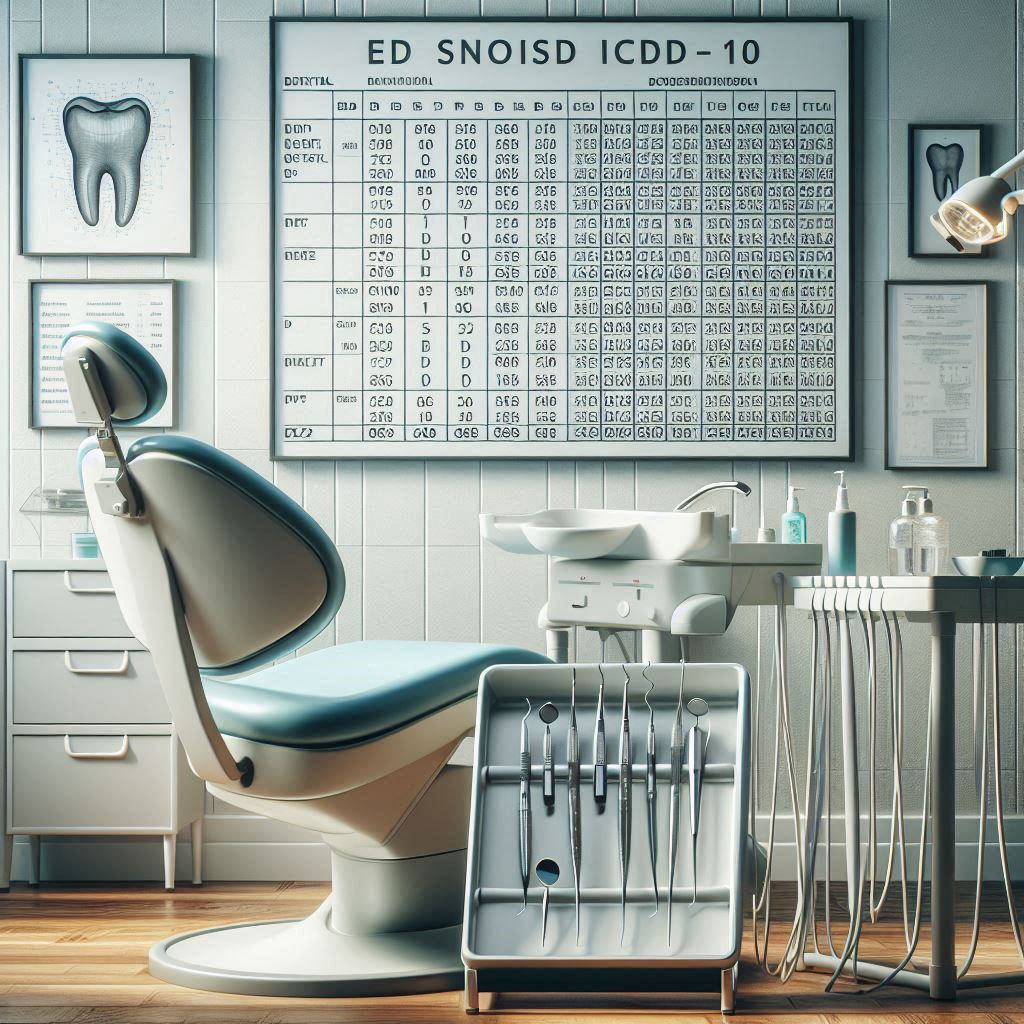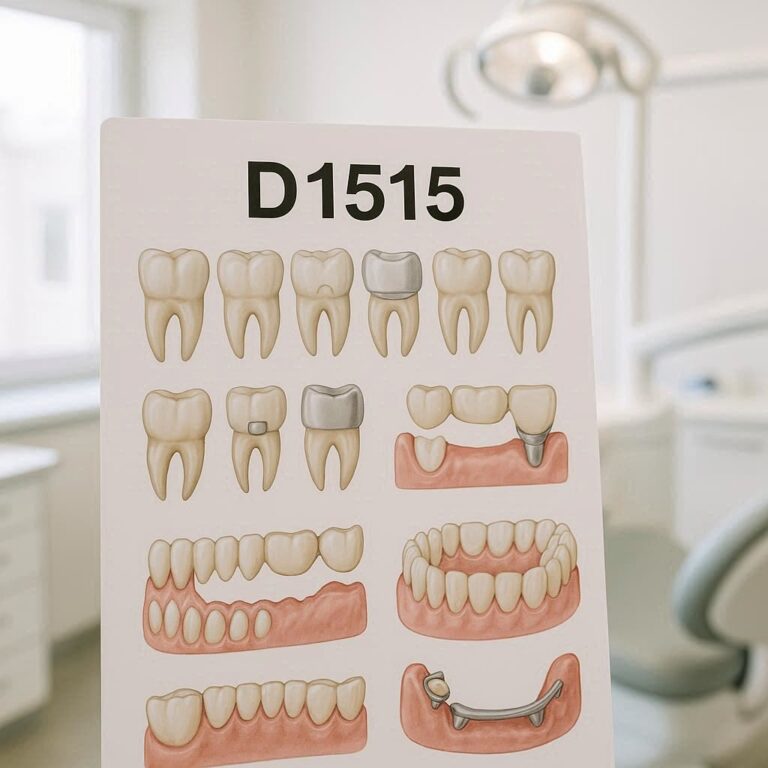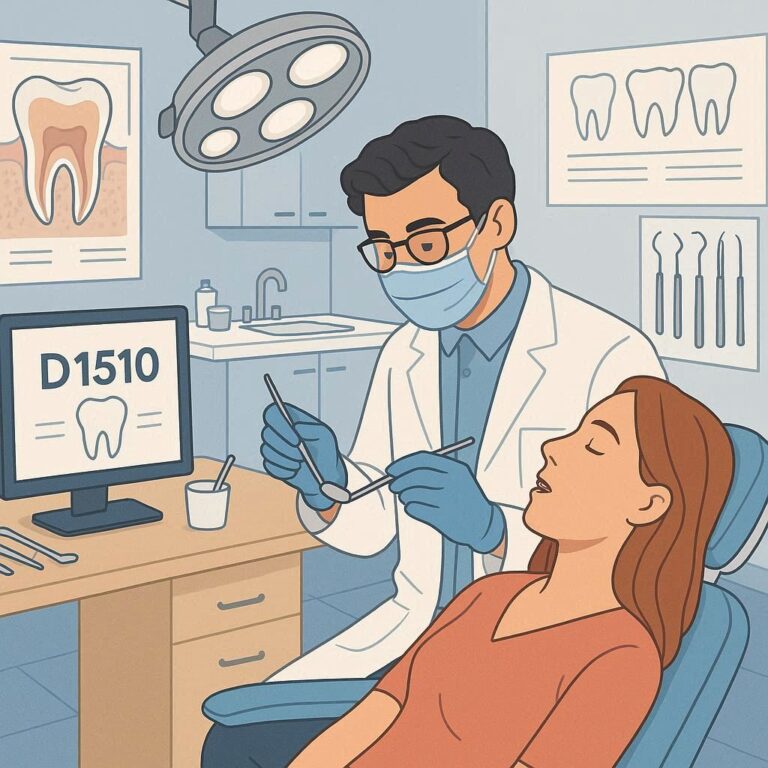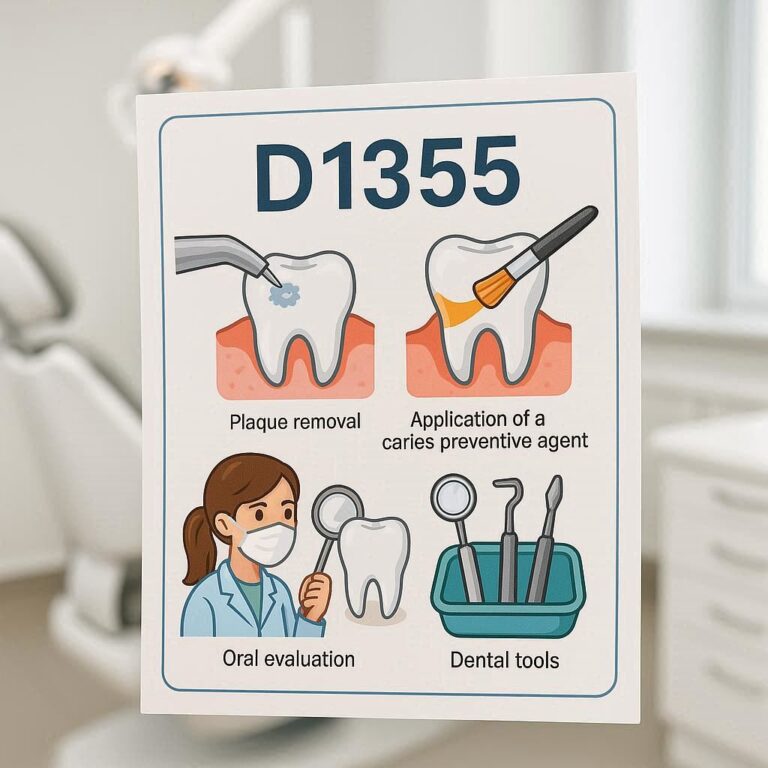ICD-10 Code for Dental Examination
Dental examinations are a fundamental part of oral healthcare, helping diagnose conditions early and prevent serious complications. However, for billing and insurance purposes, dental professionals must use the correct ICD-10 (International Classification of Diseases, 10th Revision) codes to ensure proper reimbursement and compliance.
This comprehensive guide explores the ICD-10 codes for dental examinations, their significance, and best practices for accurate coding. Whether you’re a dentist, dental coder, or healthcare administrator, this article will provide valuable insights into optimizing dental billing and documentation.

2. Understanding ICD-10 Codes in Dentistry
The ICD-10-CM (Clinical Modification) system is used in the U.S. to classify and code diagnoses, symptoms, and procedures. Dental professionals rely on these codes to:
- Justify medical necessity for procedures
- Ensure insurance claims are processed correctly
- Maintain accurate patient records
Unlike CPT (Current Procedural Terminology) codes, which describe procedures, ICD-10 codes explain why a procedure was necessary.
Key Features of ICD-10 Dental Codes
- Alphanumeric Structure: Codes begin with a letter (often “K” for dental conditions) followed by numbers.
- Specificity: ICD-10 allows for greater detail than ICD-9, improving accuracy.
- Regular Updates: Codes are revised annually to reflect new medical knowledge.
3. Importance of Accurate Dental Coding
Using the correct ICD-10 codes is crucial for:
✅ Insurance Reimbursement – Incorrect codes lead to claim denials.
✅ Regulatory Compliance – Ensures adherence to healthcare laws.
✅ Patient Care – Accurate records improve treatment planning.
A study by the American Dental Association (ADA) found that 30% of dental claims are denied due to coding errors, costing practices thousands annually.
4. Common ICD-10 Codes for Dental Examinations
Below is a table of frequently used ICD-10 codes for dental exams:
| ICD-10 Code | Description | Usage |
|---|---|---|
| Z01.20 | Encounter for dental examination without complaint | Routine check-ups |
| Z01.210 | Encounter for dental examination with abnormal findings | If issues are detected |
| K02.9 | Dental caries, unspecified | Tooth decay diagnosis |
| K05.00 | Acute gingivitis, plaque-induced | Gum disease |
| K12.0 | Recurrent oral aphthae (canker sores) | Mouth ulcer diagnosis |
5. Breakdown of Key Dental Examination Codes
A. Z01.20 – Routine Dental Exam
- Used for preventive check-ups with no symptoms.
- Often paired with D0120 (periodic oral evaluation) in dental billing.
B. Z01.210 – Dental Exam with Abnormal Findings
- Applied when a dentist identifies issues like cavities or gum disease.
- Must be supported by clinical notes.
C. K02.9 – Dental Caries (Tooth Decay)
- One of the most common dental diagnoses.
- Requires additional codes if specifying location (e.g., K02.51 – Dental caries on pit/fissure).
6. How to Use ICD-10 Codes in Dental Billing
- Document Thoroughly – Ensure patient records justify the code used.
- Link to Procedure Codes – Match ICD-10 codes with corresponding ADA CDT codes (e.g., D0140 for limited oral evaluation).
- Verify Insurance Requirements – Some insurers require additional documentation.
Example Claim:
- Procedure: D0120 (Periodic oral evaluation)
- Diagnosis: Z01.20 (Encounter for dental exam without complaint)
7. Differences Between ICD-10 and ICD-9 for Dental Procedures
| Feature | ICD-9 | ICD-10 |
|---|---|---|
| Number of Codes | ~14,000 | ~68,000 |
| Specificity | Less detailed | Highly specific |
| Dental Caries Coding | Only general codes | Location-specific codes |
ICD-10 allows for better tracking of dental conditions, improving patient care and billing accuracy.
8. Challenges in Dental Coding and How to Overcome Them
Common Issues:
❌ Undercoding/Overcoding – Leads to claim rejections.
❌ Lack of Specificity – Using broad codes when detailed ones are needed.
Solutions:
✔ Regular Training – Keep staff updated on coding changes.
✔ Use Dental Coding Software – Reduces human error.
9. Best Practices for Dental Coding Accuracy
- Stay Updated – Review annual ICD-10 changes.
- Double-Check Codes – Use ADA and CMS resources.
- Audit Claims Regularly – Identify recurring errors.
10. Frequently Asked Questions (FAQs)
Q1: What is the ICD-10 code for a routine dental check-up?
A: Z01.20 (Encounter for dental examination without complaint).
Q2: Can I use the same ICD-10 code for every dental exam?
A: No, use Z01.210 if abnormalities are found.
Q3: How often do ICD-10 dental codes change?
A: Updates occur annually (October 1).
11. Conclusion
Accurate ICD-10 coding for dental examinations ensures proper billing, compliance, and patient care. By using the right codes (like Z01.20 for routine exams), documenting thoroughly, and staying updated, dental practices can minimize claim denials and maximize efficiency.
12. Additional Resources
- ADA’s Official Dental Coding Guide
- CMS ICD-10 Code Lookup Tool
- American Medical Association ICD-10 Updates


